All
Casino and Gaming

Computer Vision works best when it is focused on a specific task and optimized for a specific
context. Cameras that look out your front door (at your porch and driveway) are doing a different
job to the camera looking down on your backyard from the roofline. Both watch for people to keep
you safe, but in the world of AI these are very different tasks.
CVOps is the enterprise software process for delivering the right Computer Vision to the right
camera at the right time. A reliable, accurate CV system needs to collect data over time (to deal
with factors like “Data Drift” and “Model Drift”), and to deliver software updates that adapt to the
changing realities of our physical world.
CVOps is best enabled by specialty software that securely and reliably manages the “learning loop”
of data collection, AI updates, deployment, and monitoring.
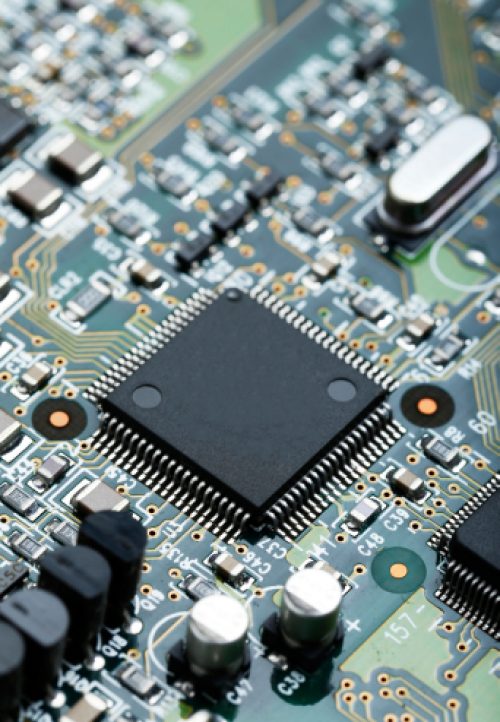
CVOps is a new category and Orchestrait (the AI management platform within this category) is a new way of doing things.
Orchestrait gives you the ability to create and manage your own IP instead of getting someone to do it for you. This is a groundbreaking option that, until now, hasn’t even existed.
With Orchestrait, you can create custom AI and take control of your own AI destiny
Early solutions in AI based Computer Vision required massive compute infrastructure and had to be executed in the cloud. These systems required exponentially more data and computing power to accurately address the diversity of the real world.
Technology trends of Edge Deployment and Ensemble AI emerged to address the problems of AI bloat – but created a new challenge in the logistics of matching data and AI to the cameras and use cases.
CVOps is an enterprise function incorporating the best practices of data collection, AI updates, release management, and performance monitoring to ensure high quality service and excellent customer experience.
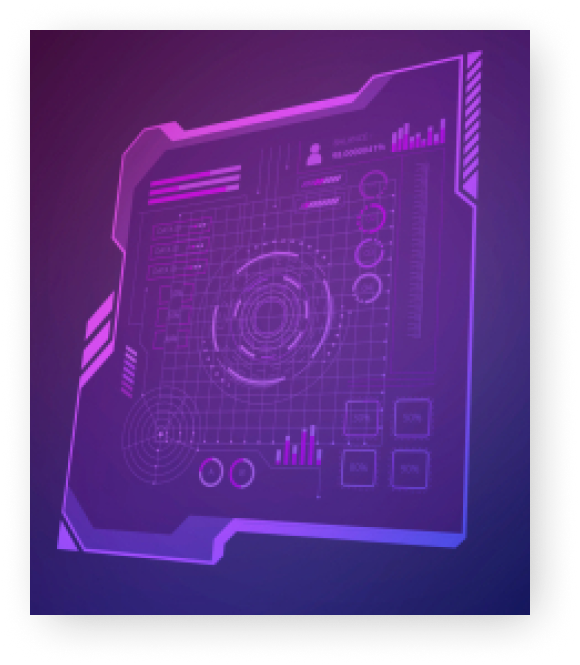
CVOps describes the enterprise business process, job role, and enabling tools for delivering Computer Vision in production.
A reliable, accurate CV system needs to collect data to deal with factors like “Data Drift” and “Model Drift,” and to deliver software updates that adapt to the changing physical world. CVOps delivers the correct Computer Vision to the correct camera at the correct time.
Past solutions in AI based Computer Vision needed immense compute infrastructure and had to execute in the cloud. These systems required exponentially more data and computing power to accurately address the diversity of the real world.
Technology trends of Edge Deployment and Ensemble AI were created to address the issue of AI bloat - but they also created new challenges in the logistics of matching data and AI to the cameras and use cases.
CVOps is best enabled by specialty software that securely and reliably manages the “learning loop” of data collection, AI updates, deployment, and monitoring.

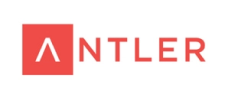



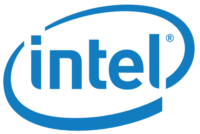

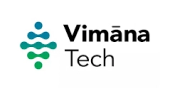
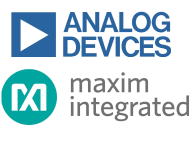
September 27, 2024
by Newsdesk Fri 27 Sep 2024 at 05:39 Global industry supplier Konami Gaming is set to unveil new technology at Global Gaming Expo (G2E) in Las Vegas next month that brings its player facial recognition solution for Electronic Game Machines to table games. The expanded offering, in partnership with Xailient, follows the launch of SYNK Vision […]
July 13, 2024
NEWS PROVIDED BY Xailient Inc Nov 05, 2023, 22:24 ET Konami Gaming and Xailient partnering to replace magnetic player tracking cards with facial recognition technology at slots and tables for the casino industry LAS VEGAS, Nov. 3, 2023 /PRNewswire/ — Konami Gaming, Inc. and Xailient Inc. announced a strategic partnership to introduce SYNK Vision™ to the casino industry. This revolutionary collaboration […]
We see things differently in the dynamic field of computer vision AI
All
Casino and Gaming
We empower companies to bring computer vision AI products to market
faster and with less investment
You’ll get insights and resources into: